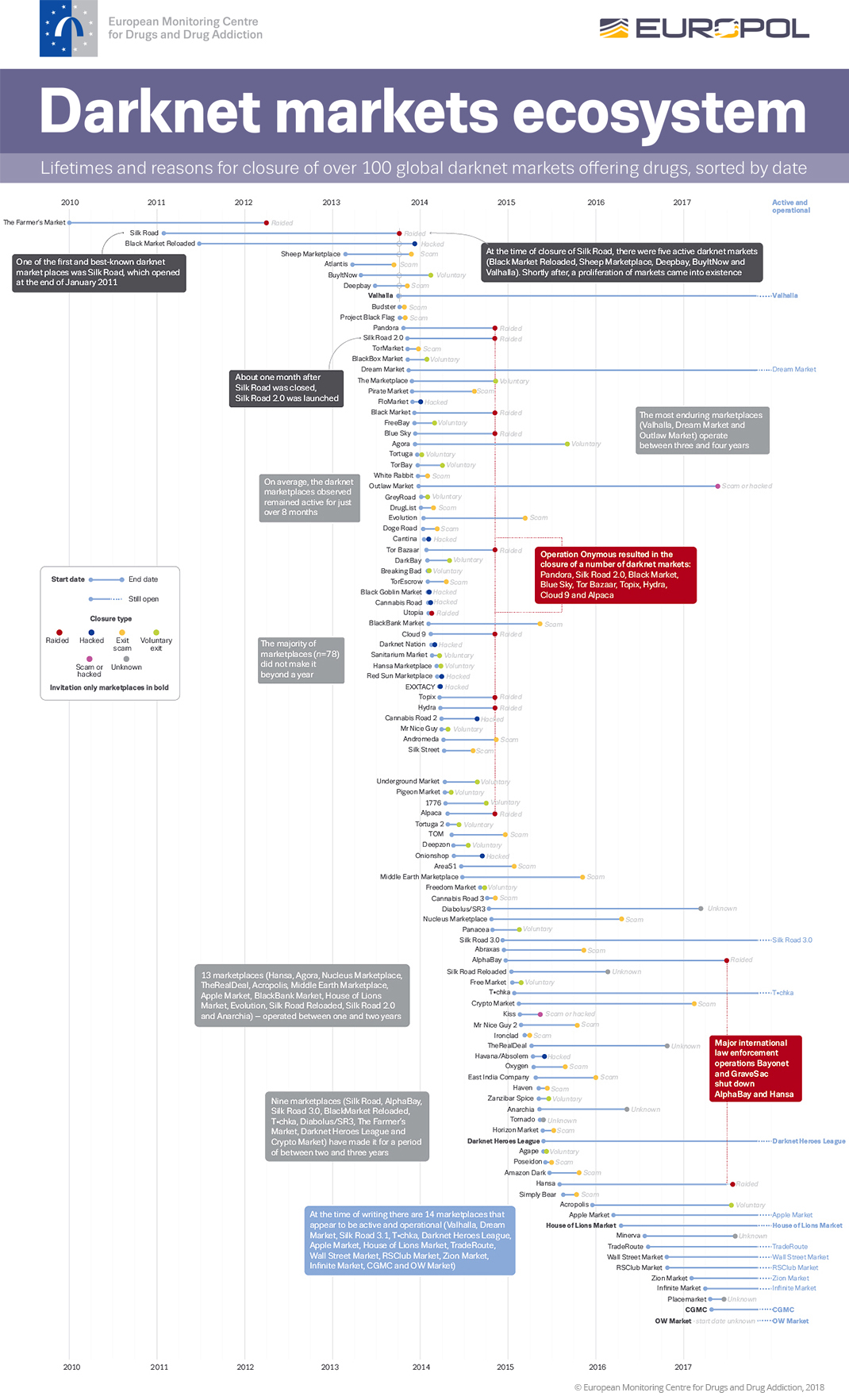In recent years, the shadowy realm of darknet markets has garnered heightened attention, fascinating both law enforcement agencies and curious individuals alike. These hidden platforms, buried within the depths of the hidden internet, provide an unparalleled venue for a variety of goods and services, covering the illegal to the obscure. As technology continues to advance, so too do the methods of trading that flourish in these covert corners of the online space.
Comprehending the market principles behind trading on the dark web discloses a intricate network of motivations, dangers, and rewards. Players are pulled into this clandestine market not only by the appeal of hidden identity but also by the possibility of access to goods that are often banned or intensely monitored in the main market. As we explore further this captivating landscape, we will investigate how these markets function, the drivers propelling their expansion, and the effects they present for both consumers and vendors moving through the unclear depths of the dark web.
Grasping the Hidden Web
The hidden web is a part of the internet that is not indexed by traditional search engines. Accessing this obscured layer necessitates certain software, most commonly The Onion Router, which conceals user identities and places. While the dark web has lawful uses, such as safeguarding privacy for whistleblowers or advocates in tyrannical regimes, it is often associated with illicit activities. best darknet markets This dual nature makes it a complex and fascinating space for both participants and researchers.
Darknet markets are online sites within the dark web where goods and commodities, often illicit, are purchased and sold anonymously. Transactions typically involve cryptocurrencies, which provide a level of anonymity that conventional payment methods do not. These markets have gained renown for enabling trade in controlled substances, arms, hacked information, and other contraband, attracting a varied customer base with different motivations and requirements. The presence of these markets underscores the ongoing tension between liberty of speech and the oversight of criminal activities.
The mechanics of the dark web and its marketplaces are shaped by a constant game of cat and mouse competition between authorities and owners of these platforms. While numerous dark web sites may be brief due to police crackdowns, novel markets arise to take their positions. This endurance underscores an entire industry that prospers on demand for anonymity and prohibited goods, making the hidden web a fascinating topic for those looking to comprehend modern trade beyond traditional models.
The Mechanics of Dark Web Trading
Dark web trading operates through a complicated network of marketplaces that facilitate the trade of illegal goods and services. Users utilize these platforms using specific software such as Tor, which enables concealment by routing connections through a series of community-run servers. This anonymity attracts a variety of users, including vendors, customers, and even law enforcement officials. Within these platforms, transactions are often carried out using cryptocurrencies like Monero, which adds to the concealment of users' identities and allows for peer-to-peer transactions without traditional banking interference.
The structure of dark web markets typically features user reviews and ratings, which help build trust within a network where buyers and sellers rarely meet face-to-face. Each user must register an account, and new vendors often begin by offering small quantities of their products to establish reputation before scaling their operations. Payment disputes can arise; therefore, many platforms employ third-party services to hold payments until both parties confirm the successful receipt of goods. This system provides a layer of protection for buyers while ensuring that sellers get their payments.
Additionally, the life cycle of dark web markets can be brief due to constant law enforcement efforts and the constantly changing tactics of users. Marketplaces frequently rebrand themselves or migrate to new domains to avoid being shut down. This creates an atmosphere of instability where traders must remain vigilant and adapt quickly to continue their operations. The transient nature of these platforms enhances the confidentiality of transactions and presents persistent challenges for those attempting to control or comprehend the dark web economy.
Threats and Benefits in Underground Economies
Involvement in hidden economies presents a special set of dangers that can discourage new participants and strain even experienced traders. One of the most notable dangers is the legal risk. Authorities across the world are continuously working to penetrate these markets and arrest individuals participating in illegal behavior. The anonymity that the dark web provides is not infallible, and traders can end up facing severe consequences. Additionally, the chance for scams is significant, as not every single vendors can be relied upon, and scams can lead to loss of funds or personal data.
Even with the inherent dangers, there are significant rewards for those who navigate the underground well. Many buyers turn to these economies for entry to goods that are typically restricted or illegal in their regions. This can include various items from medications to cryptocurrencies. The opportunity for profit is considerable; some traders have reported large profits by capitalizing on market discrepancies on underground items, leveraging the unique supply and demand dynamics.

Additionally, the sense of belonging within particular hidden spaces can offer a form of networking opportunity that traditional markets lack. Traders often exchange information, advice, and stories, which can improve their trading strategies and create alliances of help. This camaraderie, combined with the financial incentives, continues to lure new traders to hidden economies, even in consideration of the numerous risks that accompany such endeavors.
